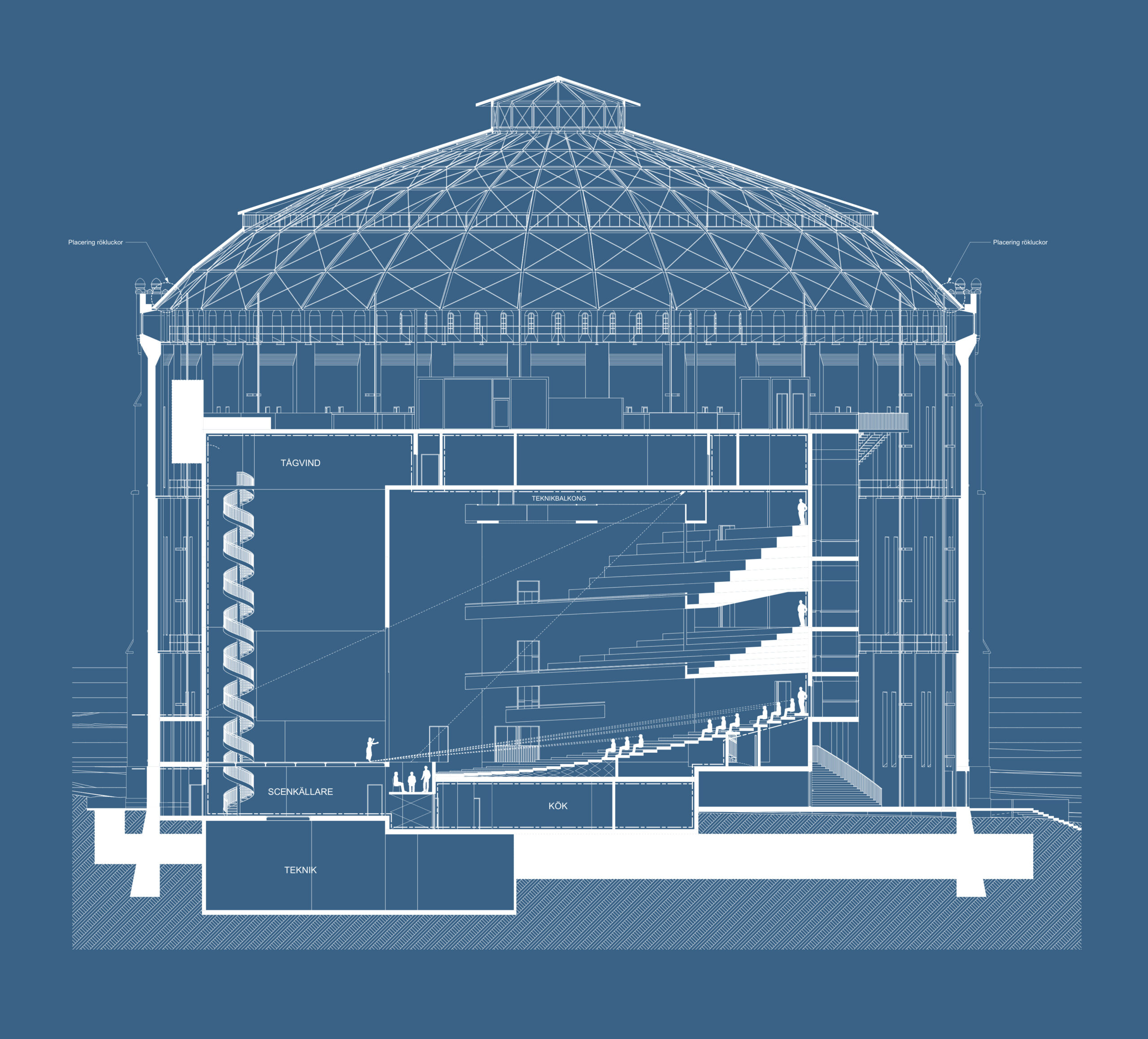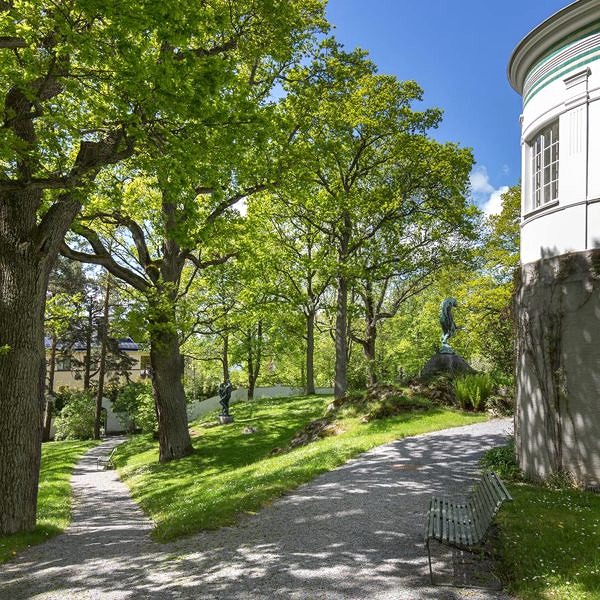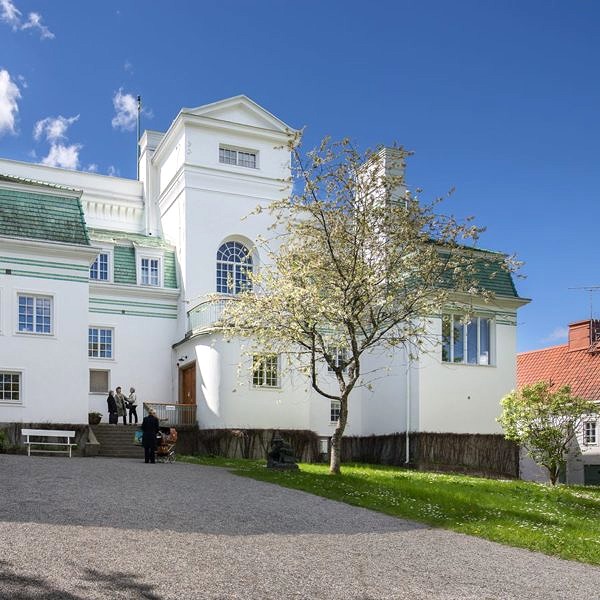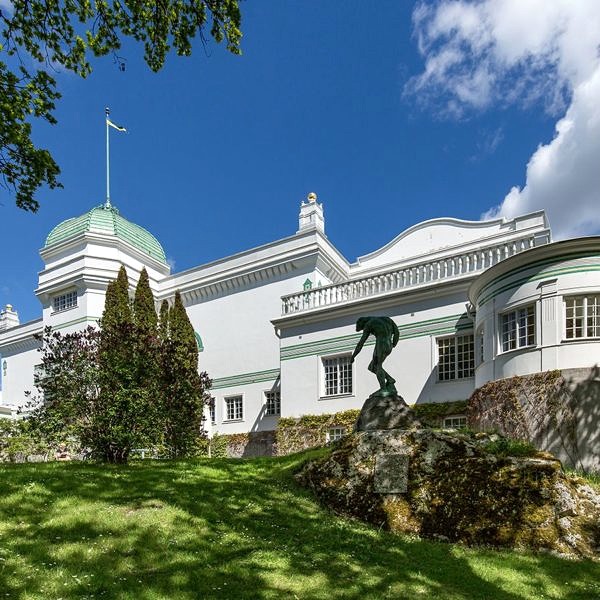Borås Congress
A transformed meeting house
It began with a simple sketch amidst fierce international competition, and the rest is history—and the future. Originally built in 1939 as Folkets Hus in Borås, the building was refined by Tengbom and reopened in 2018 as Borås Congress—a modern conference facility that preserves the values of its past.
Following a challenging prequalification process involving 60 architectural firms from around the world, Tengbom advanced to an invited design competition. The battle for Borås Congress had begun in earnest, and it was time to flex some muscles—or was it? Amidst advanced visualizations and meticulously packaged concepts, a simple hand sketch by Bo Karlberg stood out. In 2012, it became clear that the assignment was ours.
“We were entrusted with the project because we understood both the architecture and the business.”
“The proposal focused on developing a state-of-the-art conference facility for the entire region, restoring Gunnar Nilsson’s modernist entrance motif, and maintaining the building’s role as a community gathering place in Borås,” Bo explains.


Accessible and flexible for all types of meetings
While the starting point for the project was preservation, the goal was to create a modern meeting place. Today, Borås Congress is one of the few Swedish buildings specifically designed for meetings, as opposed to many concert halls and arenas across the country.




The facility offers everything from intimate rooms for small gatherings to larger conference spaces for up to 1,000 guests. The building’s character is present throughout, as are its newfound flexibility and accessibility. The number of levels in the block was reduced from 36 to just 7 (!), and the floors were designed to allow for multiple events of different kinds to occur simultaneously.


Borås Congress – a bridge between past and present
The new congress building spans an entire block across four volumes. Along Österlånggatan, Gunnar Nilsson’s bold entrance motif—carefully restored from layers of 1980s cladding—once again aligns with the iconic functionalist buildings of Borås.
Along Allégatan, the architecture adopts a more subdued and scaled-down character. In contrast, the new performance and hall volume, with its main entrance facing Robert Nilsson’s Place, makes a bold impression. Its shimmering facade of gold-anodized expanded metal stands out against a deep blue backdrop.
At the transition between old and new lies the glass wedge housing the congress foyer. Here, stucco lustro, an ancient Italian marbleizing technique, meets ultramodern pre-printed glass railings. The result is a meeting place that is both exciting and symbolic.
“It’s a powerful feeling to see visitors gathering and connecting here today,” Bo concludes. “That has always been the goal of the project for nearly a decade: the meeting of people.”














 Stockholm’s future: reduced climate impact
Stockholm’s future: reduced climate impact





































































































 The team carefully restored the original stage, Snäckan (“The Shell”), preserving its cultural value and keeping it at the centre. They designed the new stage around it, raising and deepening the stage floor while extending the roof to cover the entire stage. Built with thin ship-building plate on a steel structure, the roof enhances both function and form. The new annexes feature façades of untreated oak, which will naturally age over time to match the adjacent Öland Windmill.
The team carefully restored the original stage, Snäckan (“The Shell”), preserving its cultural value and keeping it at the centre. They designed the new stage around it, raising and deepening the stage floor while extending the roof to cover the entire stage. Built with thin ship-building plate on a steel structure, the roof enhances both function and form. The new annexes feature façades of untreated oak, which will naturally age over time to match the adjacent Öland Windmill.


 The Solliden Stage and its new stage and fairground debuted in 2013 during Skansen’s National Day of Sweden celebration on June 6th. The following weekend, a dedication concert featured Radio Sweden’s Symphony Orchestra, Tommy Körberg, and Amanda Sedgwick.
The Solliden Stage and its new stage and fairground debuted in 2013 during Skansen’s National Day of Sweden celebration on June 6th. The following weekend, a dedication concert featured Radio Sweden’s Symphony Orchestra, Tommy Körberg, and Amanda Sedgwick.





